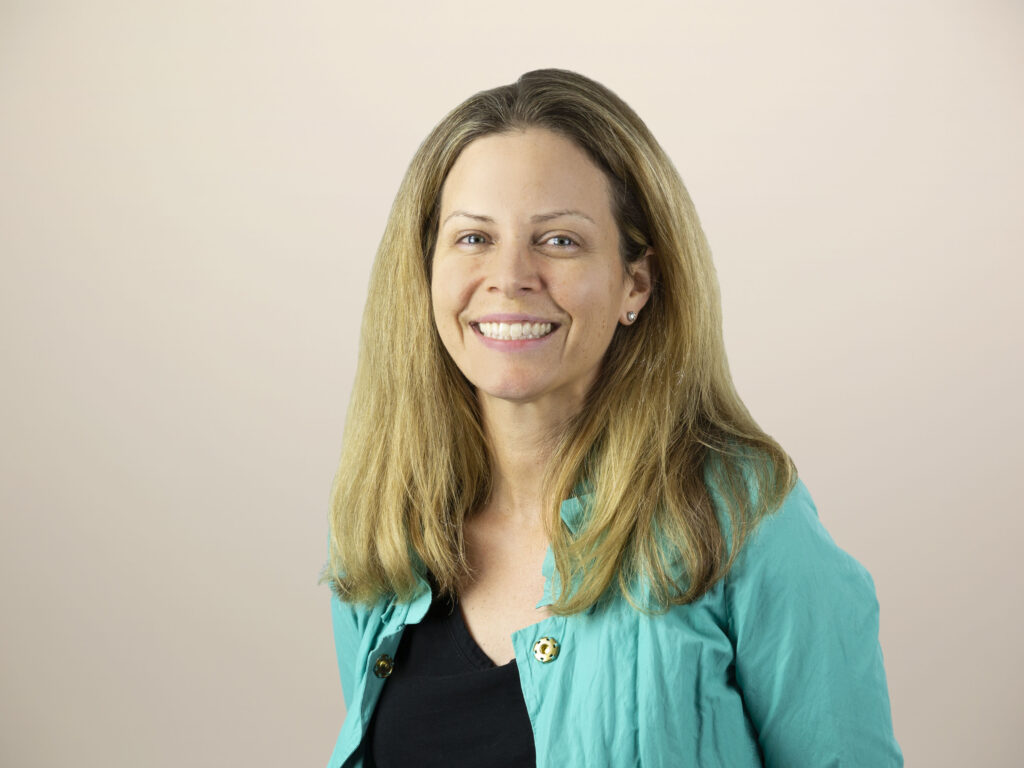Three Key Questions And Answers About How To Make Digital Transformation Go Right
We recently hosted a complimentary webinar titled Your Digital Transformation Is Not Bold Enough — Five Actions To Take Now. Forrester clients can also access the associated report here.

The webinar and the report outline five common mistakes and key fixes for them, but these are only a starting point. Here are three common questions we get:
Q1. The need to transform to compete in the digital era is very clear in the C suite, but how do you create urgency broadly throughout the enterprise?
A1. A common challenge is that individuals feel that one’s own business is safe even though one recognizes that digital disruption is generally happening. This is true even in situations that do not involve a “flawed perception of protected.” The business book “Who Moved My Cheese?” by Spencer Johnson revolves around a similar scenario – in which one mouse keeps going back to the location where he initially found cheese, even long after it’s clear that there is no more cheese in that location. Though this is a dilemma not easily solved and closely tied to human struggle around change, there are actions you can take today that can help. For example, use “Art of the Possible” techniques such as journey mapping and design thinking to get people brainstorming about what the future can hold. Use research to make this point; there are various studies out that show the fast pace of disruption happening across every industry.
Q2. Given the more standardized nature of public cloud (including SaaS), how does a company maintain competitive advantage and differentiation?
A2. While using applications in a more vanilla way can be a very effective for driving speed, adhering to best practices, containing cost, and protecting your future upgrade path, it won’t differentiate you from other users. The 80/20 rule applies in most cases. Specifically, SaaS is an excellent way to get access to an evergreen solution based on best practices for a specific function or process but real differentiation and competitive advantage is generally enabled by using cloud platforms to develop custom elements unique to your business. Increasingly we see the convergence of cloud platforms and SaaS, including a recent announcement by Workday about opening up its platform to customers and partners. This convergence of SaaS and cloud platforms will be the subject of research that I will be working on with colleagues John Rymer, Kate Leggett, and Paul Hamerman later this year.
Q3. How can you truly pick the right cultural fit partner?
A3. This is one of the most important elements in finding the right-fit partner, yet one of the elements that cannot be ascertained from a written RFP response. We strongly encourage clients to spend time with the key team members who they’ll be working with. Some clients mistakenly believe that a 2-, 4-, or 8-hour oral presentation or “demo” from finalists will suffice but that rarely gives a great sense of culture. Instead, we recommend spending formal and informal time with the finalists, including spending time with them over meals to get a sense for whether there is a personality fit and feeling of connection. Increasingly we see clients visiting digital experience studios of their partners to get a sense for what working with them would be like and see firsthand their approach to ideation and innovation.
I’d love to know your thoughts!
